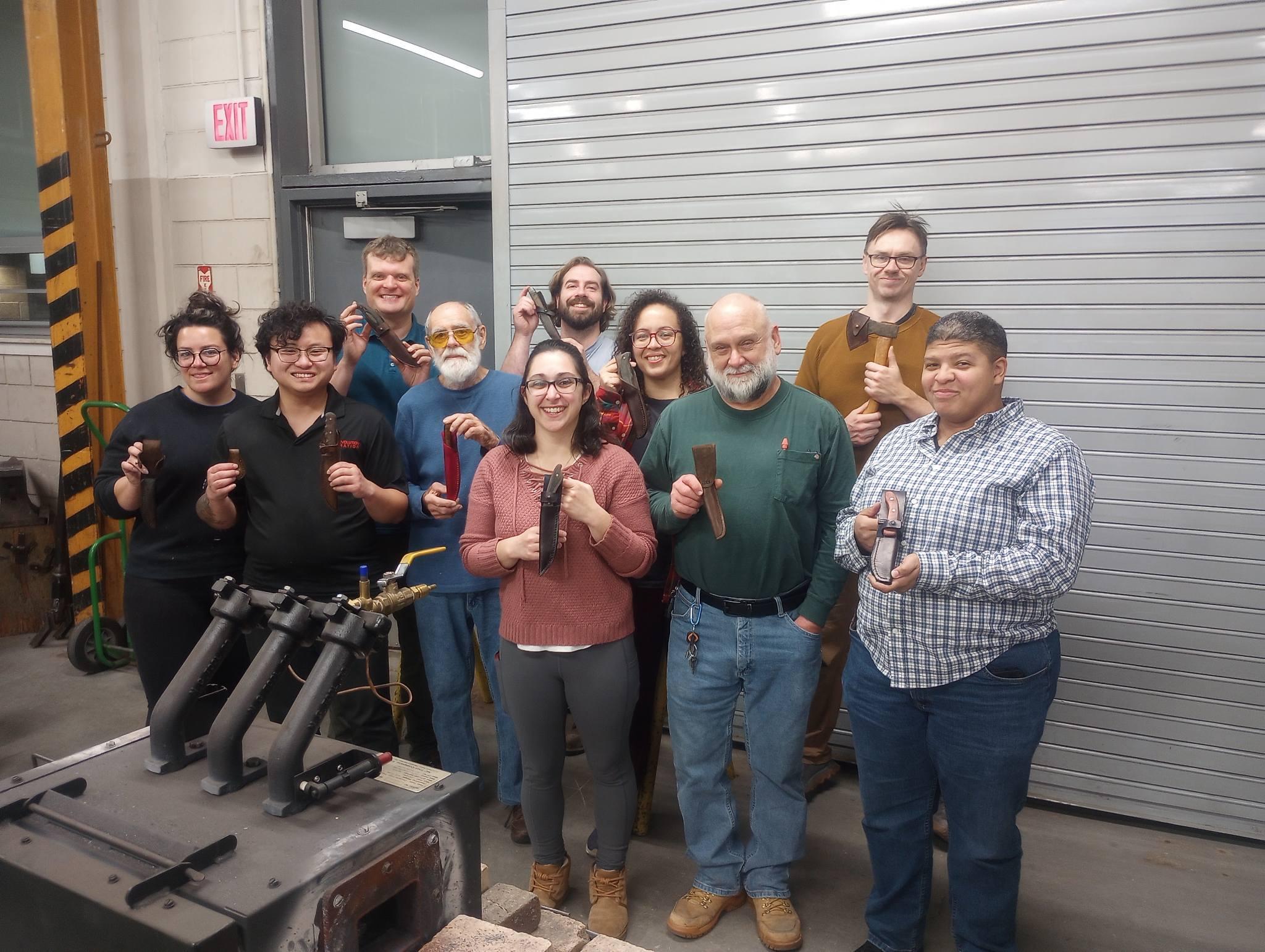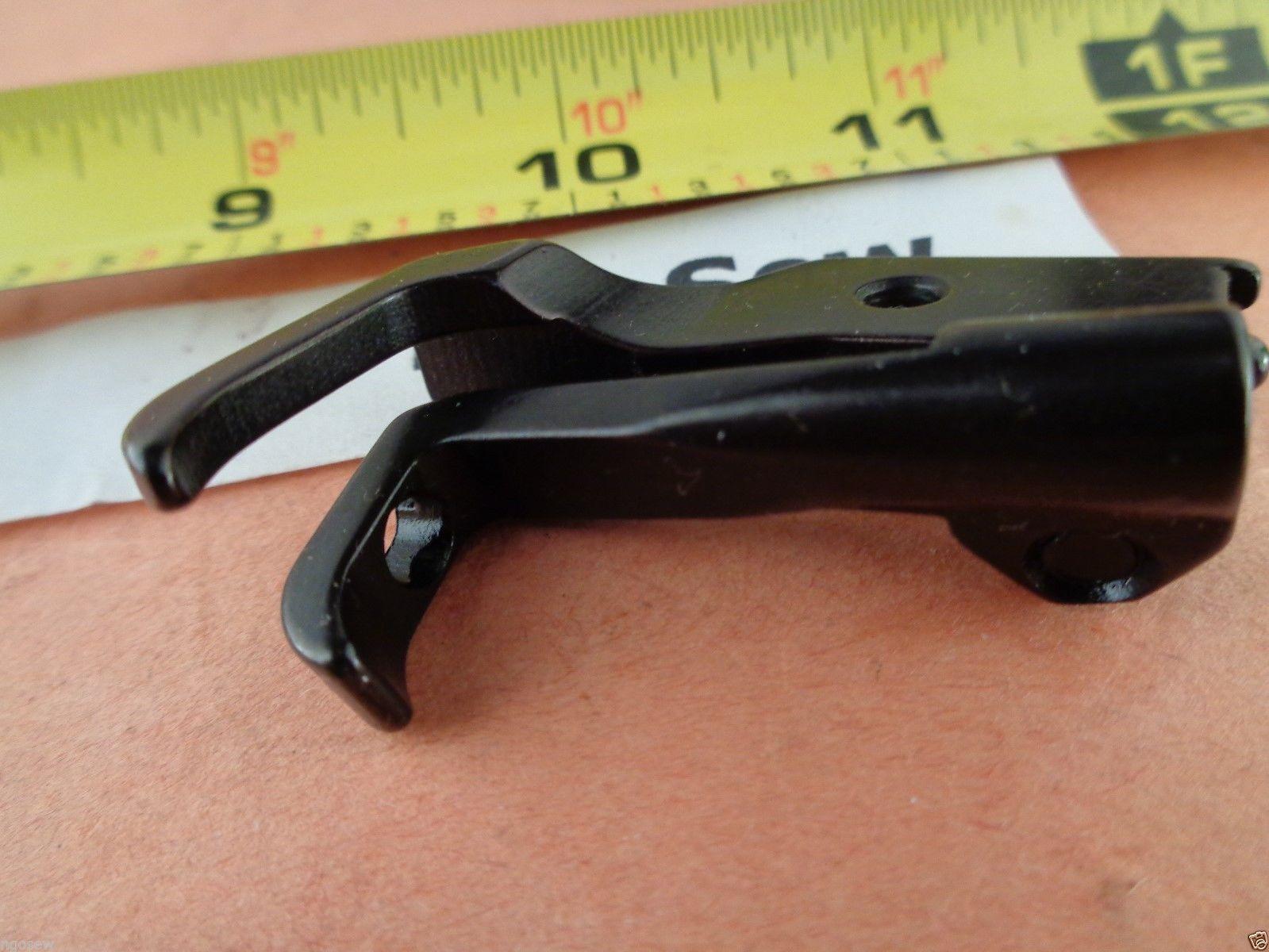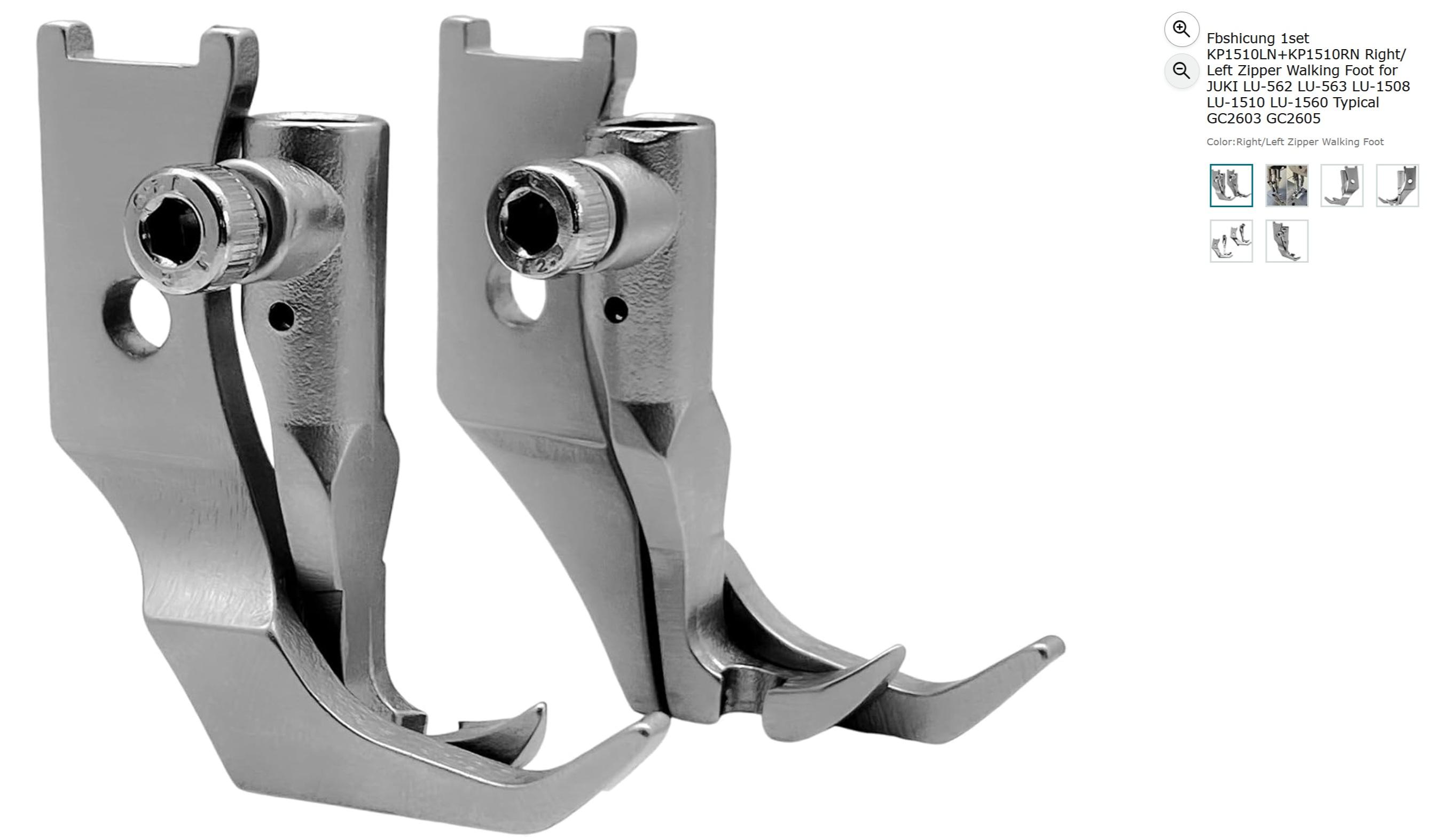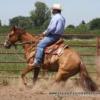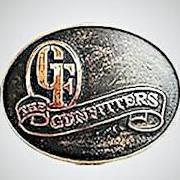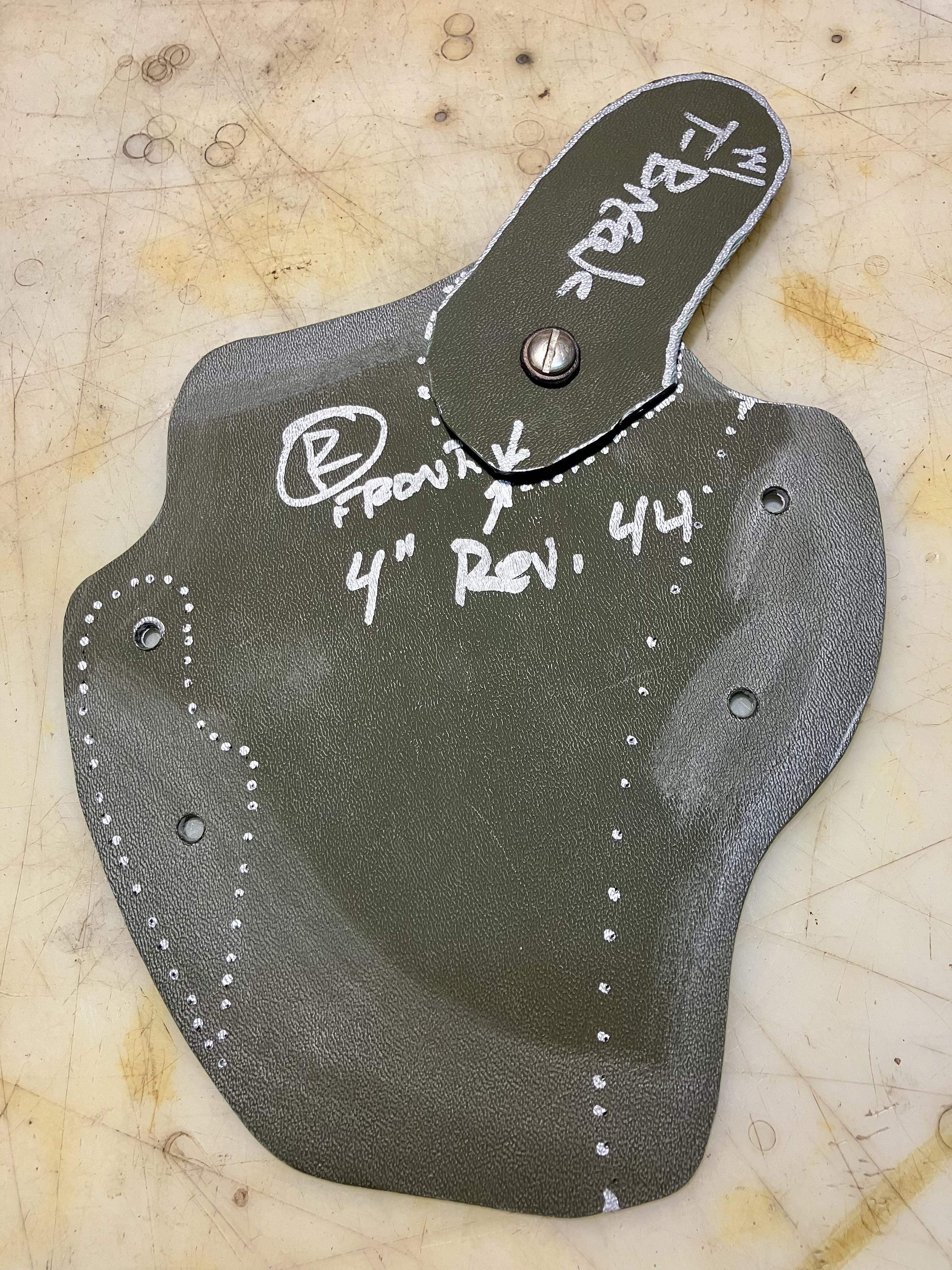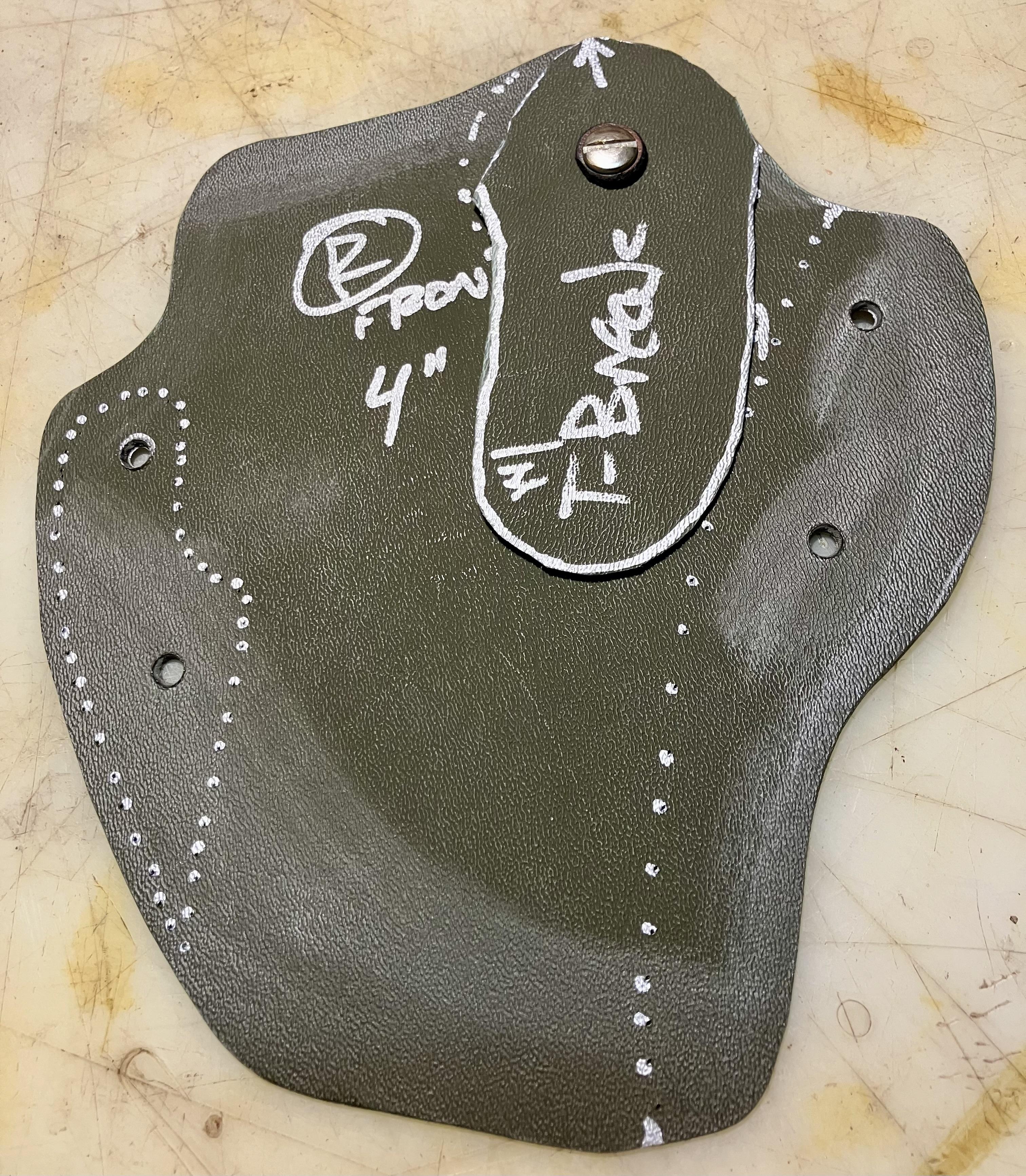All Activity
- Past hour
-
Your not going to find an in-line for your Juki compound feed. So just use or buy a narrow zipper like people mentioned above in posts . 441's are easy to find for in-line press-foot. You can also just cut and make your own in-line foot. If you use a thin zipper press-foot, It really NOT going to matter much for your application . All that matters is if you have a 'full' flat heel on that thin zipper foot for good press contact. What I mean with a 'full flat heal' is one that does Not have a radius cut Heel . Your L-foot is mute anyway, and just going to float off the edge, because it not touching the material, and you have open boundaries on the left. The thin zip-foot is reallyNot in the way, and you can just cut it off and leave the Heel if you want and make that foot a in-line . With an in-line press-foot riding back behind your center feed foot, and getting to those tight looking right radius curves. Your in-line foot is going to swing-off your stitch line and probably not even touch your material until you get around it and back to a straight-line stitch. So when you get to those R-turns. You needing to go slow and use your fingers to press and do a slow walk with the turn with center press-foot. - What you Really NEED to do is trim/cut a nice center foot on the needle-feed, and that lets you walk tighter, and helps give you a nice clean visual. I just did one tonight on my 1541 for doing similar to what you asking about. It easy to cut and shape feet. I mostly use just a dremel and a grinder. Just keep dipping in cool water as you go so not to harshly over-heat the steel. - Center Foot ( cut and shape ) that started out as a full size width/length foot . - Thin Zipper Foot with a full flat Heel . -
- Today
-
I just made a couple of bigger (longer and deeper) rests, one for horizontal use and one for vertical use. The coarsest grit I've got at the moment is 100, which came with it, but it's pretty good at ripping into the metal even with that.
-
maybe wet binding leather performs better, just a guess
-
Can you run the binding leather through by itself to see if it's actually folding correctly? Maybe trying to do a double fold with leather is asking too much of it?
-
Should have known that you would have already done it Chuck!
-
The sheaths are not my work but I showed them all how to do it. This is my second class teaching sheath making. we spent a little time making a simple keychain that was featured in a "Skiver" newsletter many years ago . This served as a lesson in cutting stitching and dying before moving on to designing a sheath and working with larger pieces of leather. Most of the students had taken a knife making course at the school and now wanted a sheath for their creation.
-
Mighty fine idea. Chuck, those you turned down look outstanding. Good thinking, thanks for the tip(s).
-
It doesn't really matter what the size is. It's determined by the thickness of material you're binding. The question is how to ensure that both sides are equal. the binder in this case is a 36mm double fold.
-
Are you using a double fold binder? & what size binder is it?
-
Still trying to get the binding sorted out on my 341 clone. Got the swing away binder holder and the alternate front plate and feed dog but still can't get it to work. First let me explain what I'm trying to do; Want to use thin leather rather than tape. Have lots of upholstery leather in lots of colours for contrast. Want a double fold to leave a nice turned edge. First problem was couldn't get the swing away attachment to get into position without removing the bobbin slide cover. Then, after a lot of fettling o get the binder in line, I thought I'd cracked it. Then I turned it over and found this. Two things here, Firstly note my secret decorative stitching and secondly, the holes in the black stuff are from a previous attempt. The problem now is what to do with the holder to get a balance on both sides. I'll keep trying but wondering if the holder needs modifying or do I look for another? I have to say there's precious little help online. Not even a cut size for a given thickness of material for singl or double folds. As usual all the Youtube videos use the basic easy stuff. Any advice would be extremely welcome. Thanks.
-
The inline foot is obviously worth a look. Using a zipper foot would be my first go to simply because I already have em.They come in right and left flavours. Another approach would be to build the flanges oversize and cut to size after sewing.
-
Gotta love a practical repurposing. Well done.
-
Thanks Chuck. Don't know why I didn't do it long ago, been bugging me forever. @Darren8306 Grinder.
-
Laura C joined the community
- Yesterday
-
Went back and found some pics of a couple of quivers and armguards I made for charity auctions and gifts when I first started leather working… the TD quiver is completely basket stamped, and was the last quiver I made that was completely covered in tooling...
-
Brassy and classy
-
-
Neat idea - and looks cool!
-
CDK - Thank you for the picture. It helps to know what I am looking for. I found this on ebay - not quite as narrow as yours, but it looks like it could be ground down a little if needed.
-
I have a 211w140 , the eccentric for the stitch length was froze so I cleaned and now it works except. Now when I adjust the stitch length the machine will feed in reverse sometimes. So before I screw something up, is this an easy fix
-
Hello. I have a new Juki 1541s. I am planning to buy the aftermarket smooth feed dog that Goldstar sewing makes for that machine. I am also considering buying a smooth bottomed narrow walking foot and/ or left side zipper walking foot. My question is first, does anyone have experience with those items that can recommend them? Second, will have a smooth feed dog and smooth walking foot lead to feed issues? Should I continue to use the gripped bottom walking foot? Thanks in advance.
-
@MikeG I use these narrow zipper feet to sew close to molded pieces when I make briefcase molded handles using my 1341 clone. These may fit the LU-563 but I'm unfamiliar with it. The H&E narrow foot set is nice and works well with the narrow feed dog & plate for the 441 machines when doing holsters.
-
Thanks, Wiz! I have a Juki LU-563 I am just getting set up. I did purchase a Consew servo from Toledo -- I will contact them about feet for my application. No sir, I didn't update the picture. I really didn't know how to explain wanting to sew right up next to a vertical "wall" when making molded cases. To date it has always been hand stitching. I know manufacturers like leatherman must machine sew their cases, so I figured I would ask here. The answer seems to be a narrow or inline (or both ) foot setup will be the ticket.
-
simple and does the job, whats not to like?
-
ASTMasks joined the community
-
It depends on what the backing is. X, J, and Y belts all have different backing and their resistance to abrasion even from leather - you might end up with a 48 inch whip slapping you when half the belts strips off and lets go. Been there from the abrasive side. I tried to make my own leather belts, variable tracking and even with good skives - got the "bump" on some. My pals at Red Label Abrasives make a 2x48 leather belt. I have had no problems with the tracking on their leather belts. Here is their link - https://www.redlabelabrasives.com/products/2-x-48-inch-leather-honing-stropping-belt?srsltid=AfmBOoos-c_rllMfxZQM7LMYYmUfVkzVp6k9ViIUrL8olz0wv456cNM1 I swear between different grit diamond paste belts and polishing compound belts I have about as many dedicated leather belts as I do abrasive belts. Life was simpler when I didn't watch as many knifemakers and edge gurus on YouTube. LOL
-
Decided to replace some posterboard patterns with kydex for longevity, but ran out. So instead of making a separate pattern for thumbreak versions, created a swing away piece that patterns the thumbreak. When swung back it doesn’t affect the pattern. But when you need the thumbreak, just line up the arrows. It pivots on a Chicago screw. This way save patterns and I won’t loose the piece.


.jpg.23a12c2a6b8f856a6d01b7d8d0db900d.jpg)
.jpg.52f157711de726885e834cb9bb9f8c28.jpg)



